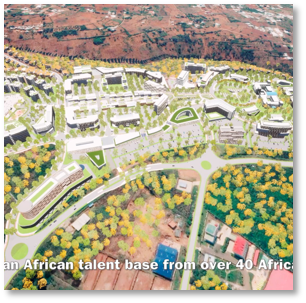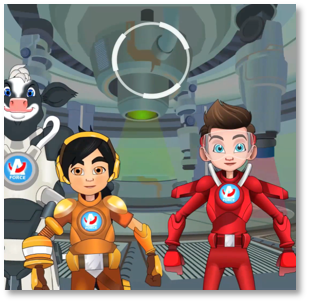


In a world that thrives on connection, multimedia technologies stand at the intersection of art and innovation— fusing text, images, audio, video, and animation into vibrant digital symphonies. These tools don't just convey information; they breathe life into it, transforming static messages into interactive, immersive experiences that captivate, educate, and inspire.
Imagine a learning module where historical events unfold through animated timelines, powerful narrations, and cinematic reenactments. Or a marketing campaign where a product story is told not just through a slogan, but through a layered tapestry of visuals, music, and motion that leaves a lasting impression.
Whether it’s a short film on a streaming platform, a training simulation in a corporate setting, or a virtual museum tour enhanced by soundscapes and 3D models, multimedia technologies are revolutionizing the way we teach, learn, sell, play, and communicate.
The beauty? This technology isn’t just reserved for big studios. With intuitive software and mobile apps, multimedia creation is now in the hands of students, educators, entrepreneurs, and artists. The canvas is expanding.
As we step deeper into the digital frontier, multimedia continues to evolve—blending with artificial intelligence, virtual reality, and augmented reality to redefine what's possible. Tomorrow's content won’t just be seen or heard—it will be felt, explored, and lived.
Multimedia technologies are more than tools. They are creative catalysts, storytelling engines, and bridges between imagination and communication.